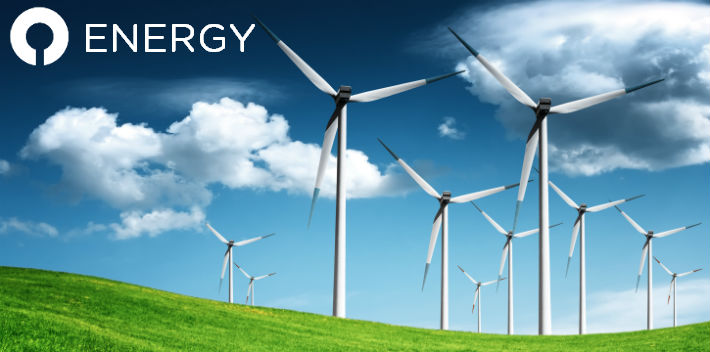Why asset management is key to making renewable energy work
The energy landscape in the UK and globally is changing rapidly. In 2014, renewable energy accounted for around 7% of final energy consumption in the UK. Under EU targets that needs to increase to 15% by 2020.
The challenge for the renewable energy sector is that it is not cheap. According to the European Wind Agency (EWA), as much as 75% of the cost of generating wind energy can be attributed to upfront costs such as the turbines, foundation and electrical equipment.
Effective asset management is probably more important to the long term viability of renewable energy than any other energy source, but it does present a different set of challenges. Below we cover 3 key elements of effective asset management that need special attention:
1. Asset tagging
Standard barcode labels are not going to be very useful when the asset being tagged is exposed to sub-zero temperatures and gale force winds, but tagging remains the essential foundation of effective asset management.
More durable options such as rigid metal photo or foil asset tags are designed to withstand the harshest conditions and are ideal for exposed surfaces. RFID tags may be another option for sealed units when it is simply not possible to break the seal each time you need to locate an asset.
2. Maintenance
With no ongoing fuel costs, equipment failure arguably represents the biggest risk to operating costs for renewable energy. Regular scheduled maintenance is essential not only for productivity, but also for the increasing focus on health and safety within the industry.
An excel spreadsheet is simply not going to be sufficient to store copies of inspections, record work carried out and meter readings, log costs and communicate with a range of (often external) providers.
3. Inventory management
Almost by definition, renewable energy requires multiple locations (unless you are happy to have your headquarters in the English Channel of course). This means that inventory and stock are usually held off-site so poor inventory control can be a real issue.
To ensure visibility of all inventory, you need a good equipment tracking tool that will cover all the sites nationally and potentially internationally too. Robust purchasing controls are a second key requirement. With components ranging from under £10 to hundreds of thousands of pounds, transferring a component from a different site instead of ordering a new one can make a big difference.
Building the business case for an effective asset management solution in any equipment rich business is not usually hard, but in a renewable energy market which needs to drive costs down to compete with often cheaper non-renewable sources it is essential.







